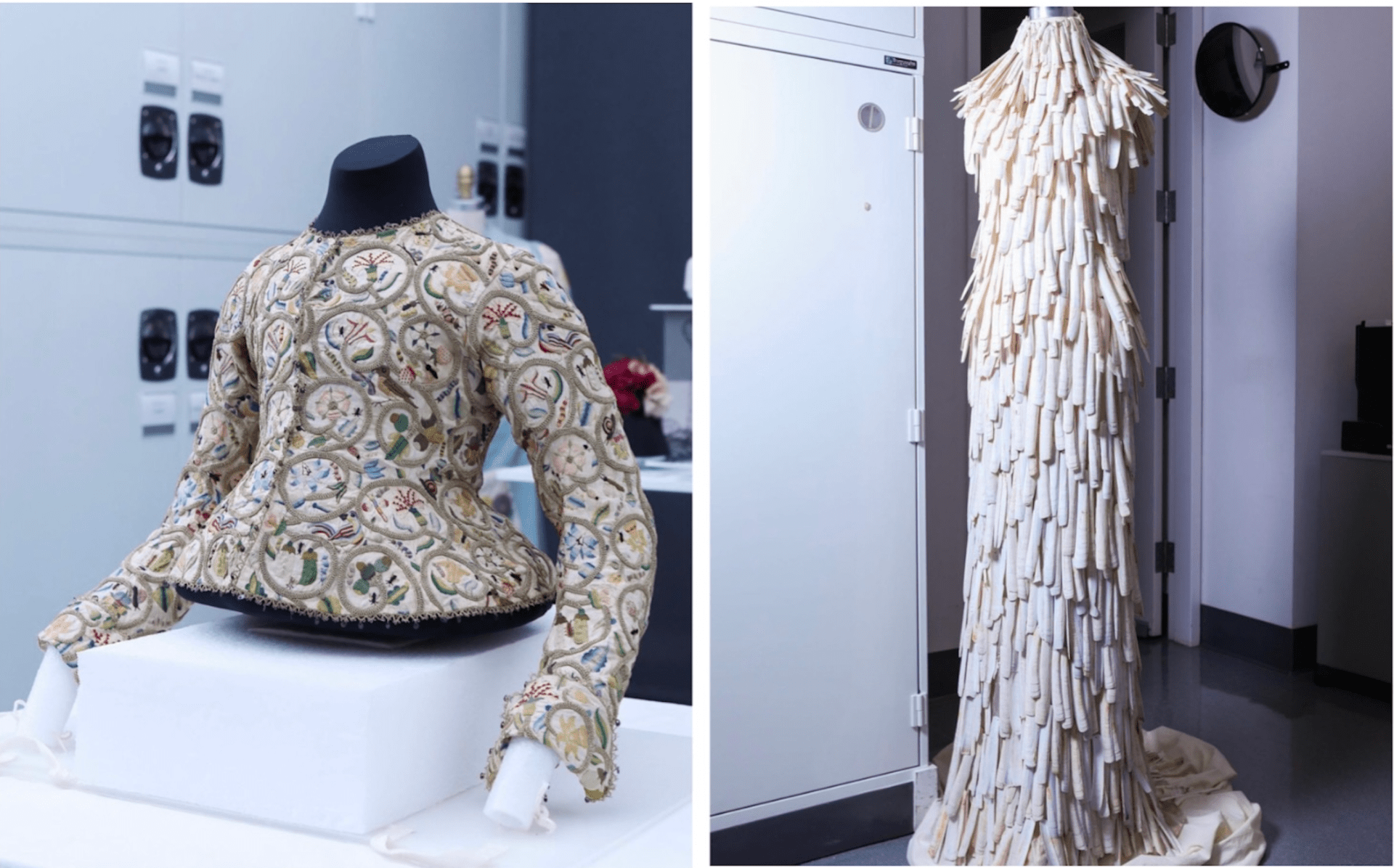
The Evolution of the “Penny Lane” Coat

As the leaves fall and the air chills, distinctive outerwear has been in our ears and in our eyes and one of the most well-known is the Afghan, also known as the “Penny Lane” coat.
Generally made of sheepskin, leather or suede material with fur lining and cuffs, the beloved style is a glamorous addition to almost any outfit.
According to The Conversation, the style originated in Afghanistan in the early 20th century – leading it to be dubbed an Afghan coat – and provided Afghans warmth from the country’s cold weather.
The coats were more than merely functional, though, some were embellished with colorful embroidery for uniqueness and aesthetic value.
How did this Afghan fashion staple gain prominence in the West?
Artìjan notes that in the late 1960s, an influx of Western “hippies” arrived in Afghanistan in pursuit of a free-spirited, nomadic lifestyle; the widely-taken path from Istanbul to Kathmandu became known as the “Hippie Trail.” One of the most prominent parts of the pilgrimage was Kabul’s Chicken Street. Formerly brimming with poultry vendors – hence its name – it was a shopping destination for Afghan artisans to sell their goods and subsequently attracted Western tourists, notably hippies.
According to The Conversation, American Craig Sams began supplying the coats at his London boutique, Granny Takes a Trip, in 1967 after traveling to Kabul in 1965. Being a premier London shop for counterculture fashions, it furthered the popularity of the Afghan coat.
Though already a staple piece among Western hippies, the Afghan coat truly took the fashion world by storm when worn by the time period’s arguably most influential pop culture figures, The Beatles.

For the May 1967 release party for the revolutionary album “Sgt. Pepper’s Lonely Hearts Club Band,” Beatle John Lennon famously wore a yellow Afghan coat with red floral designs and white fur lining.
Along with the groundbreaking album, Lennon’s one-of-a-kind coat marked an innovative and influential period for the band and counterculture at large. Like the album, Lennon’s coat was one-of-a-kind and demonstrative of the counterculture’s increasing influence.
The Beatles continued to popularize the Afghan coat by not only wearing the style – Lennon wore his during filming for The Beatles’ film “Magical Mystery Tour” and George Harrison was photographed wearing one of his own – but also by selling them in their retail store, Apple Boutique, according to The Conversation.

The Beatles’ grip on the fashion world was undeniable. Their contemporaries, including musical artists Jimi Hendrix, Janis Joplin and David Bowie followed suit and donned unique Afghan coats, indelibly adjoining the style to the bohemian, rock’n’roll spirit of the late ‘60s and early ‘70s.
The Afghan coat was among multiple styles to resurge in popularity in the 1990s, reflecting the “’90s does ‘60s” trend.

One ‘90s style star to sport the style was Angelina Jolie, who famously wore an olive green Afghan coat as sociopath Lisa Rowe in the 1999 film “Girl, Interrupted.” Her coat not only recalls the late ‘60s, during which the film is set but also exemplifies how to put a grung twist on the historically bohemian coat.

Only a year later came the 2000 film “Almost Famous.” Though the films differ in subject matter and tone, they both feature a prominent character who dons an Afghan coat. The coat was so significant to this character that it has since become synonymous with her name, Penny Lane.
Played by Kate Hudson, Penny Lane is a young woman touring with an upcoming rock band in 1973. Spontaneous, charming and glamorous, she embodies the era’s rock’n’roll spirit. Her clothing, most famously her long olive green Afghan coat, similarly encapsulates the era, to the point that many people simply call the coat style a “Penny Lane” coat.

The film’s costume designer, Betsy Heimann, described the coat’s importance to Penny Lane’s character in an interview with Variety.
“[Hudson] could play her part when she had that coat on,” Heimann said. “She’d take the coat off and she’d have this little miniature top on and she’d be so bare and vulnerable, but then she’d put the coat on and it’d be, ‘Okay, I’m safe.’”
The newly christened “Penny Lane” coat became essential to the Y2K style. Stars like Britney Spears famously embraced the style, which evolved to reflect other Y2K trends by featuring brighter colors, different patterns and untraditional materials such as denim.

As Y2K style makes a comeback in the 2020s, the Penny Lane coat has experienced revived popularity. Contemporary style stars such as Olivia Rodrigo and Bella Hadid have upheld the coat’s retro yet timeless glamour.

The coat also lives on in popular media. In the hit 2023 limited series “Daisy Jones & the Six,” Riley Keough’s character Daisy Jones wears a long Afghan coat, paying homage – like Penny Lane – to the ever-beloved musicians and hippies who recognized the coat’s stylishness decades ago.
I have fallen in love with the coat’s bohemian glamour since its recently revived popularity in the fashion world. To this day, my brown Afghan coat with cream-colored faux fur lining remains my most cherished thrift find.
Though I admit to being a romantic, I believe there is some magic in the style, similar to how Kate Hudson could fully embrace the character of Penny Lane, I feel that I can embody the energy of my favorite rock stars and fashion icons of the late ‘60s and early ‘70s when I put on my Afghan coat. Something about a furry-lined coat just oozes with the glamour of a rock star and the free spirit of a hippie.
If you want to incorporate this iconic coat into your own style, brands such as Urban Outfitters and The Hippie Shake sell a variety of Afghan coats; you can also choose a one-of-a-kind coat from second-hand stores and websites like DePop.
Ultimately, whether you’re hoping to relive the late ‘60s rock scene through fashion or looking to channel your inner pop princess, the Afghan coat is the perfect piece to express yourself as the temperature drops. What better way to shield yourself from the cold than to wear a coat that exudes individuality and style? Why not channel the rock’n’roll essence of icons such as John Lennon and Jimi Hendrix as you stride to your final exams this December?
In the words of Penny Lane herself, “It’s all happening.”
The Afghan coat is certainly “happening” right now, and judging its decade-spanning versatility, it won’t go out of style any time soon.


























